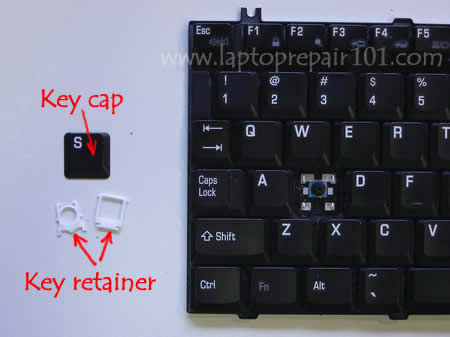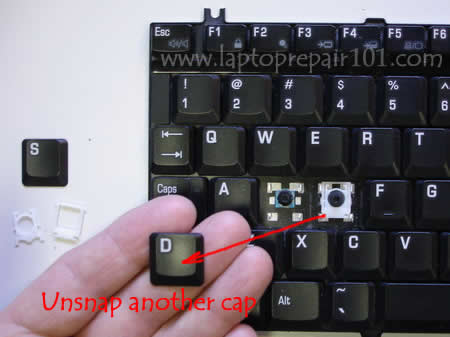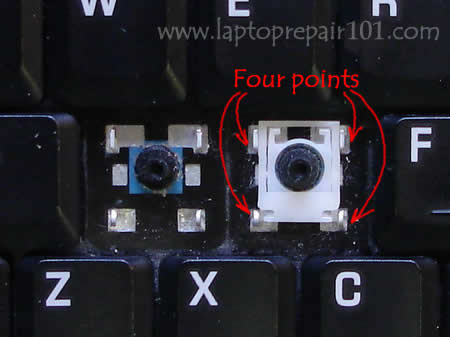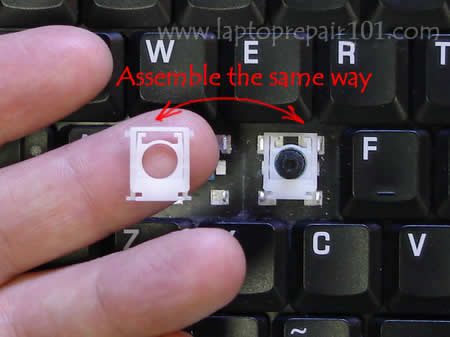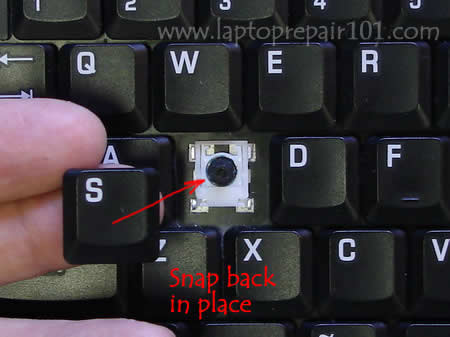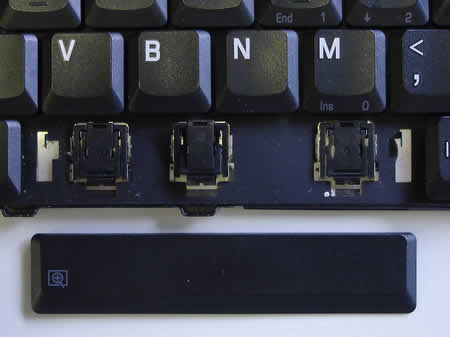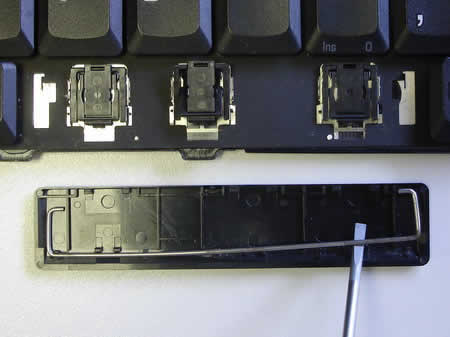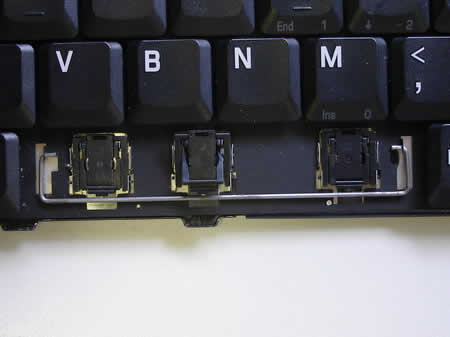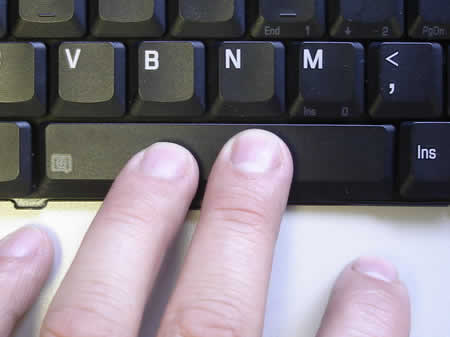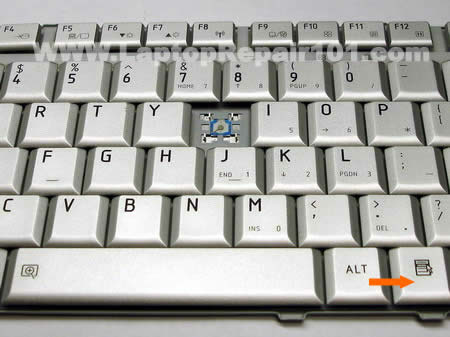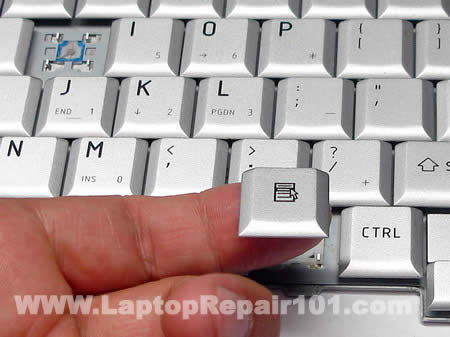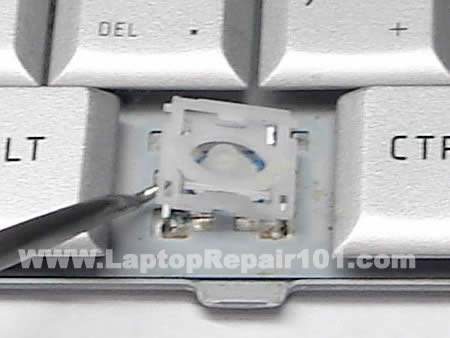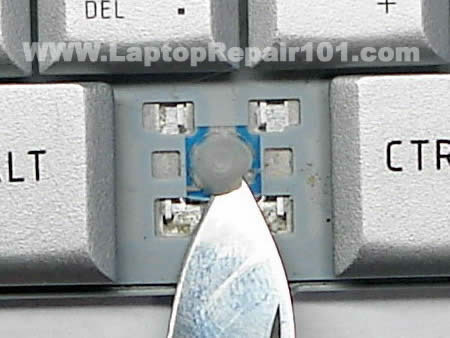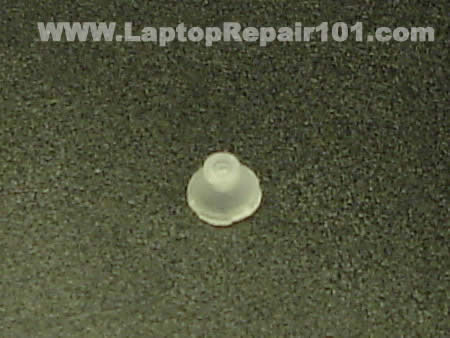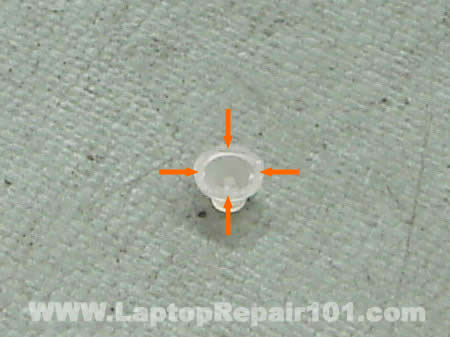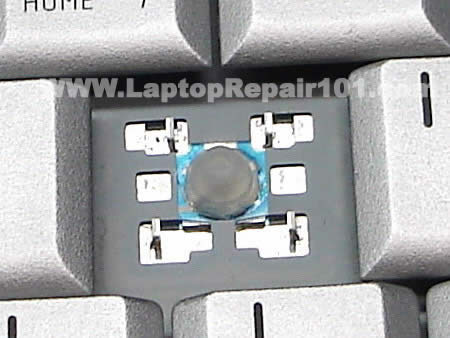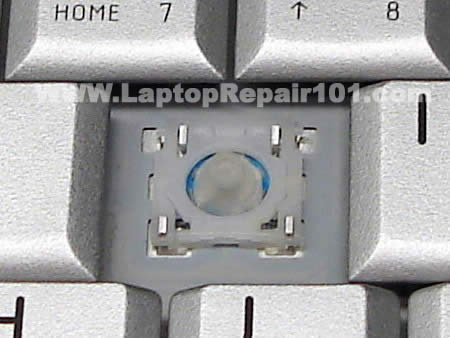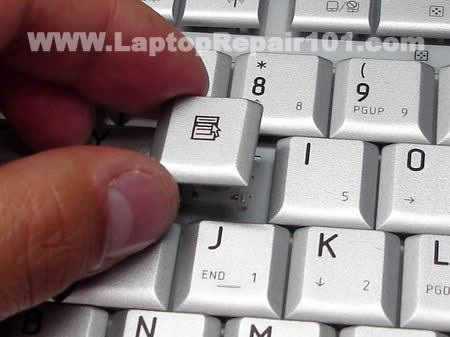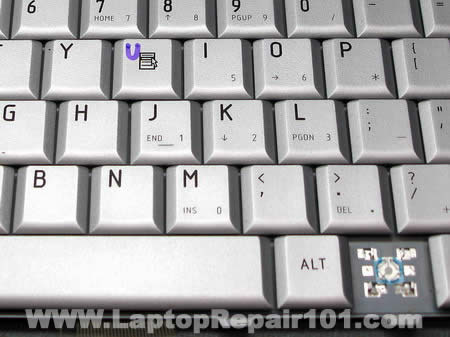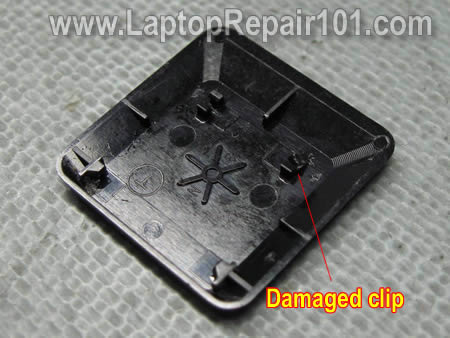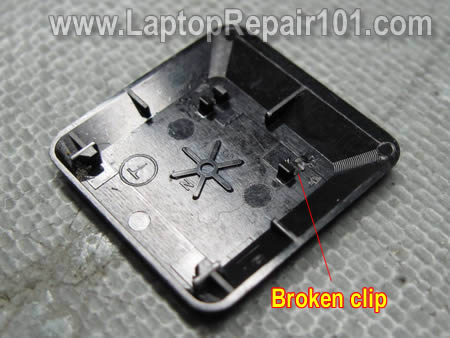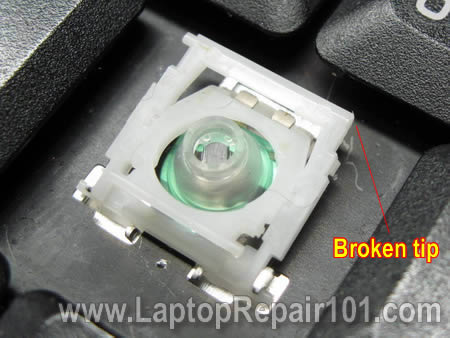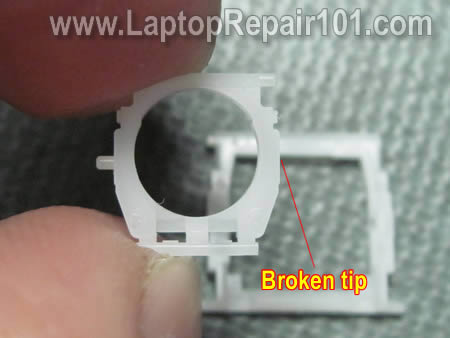A computer without a CD-ROM drive can be pretty useless, as you won't be able to rip music, play CD-based games or install new software. Rather than buying a whole new CD-ROM drive or immediately contacting the manufacturer, you can attempt to repair the drive yourself by checking for physical damage or necessary software updates.
Instructions
- 1Press the eject button on the CD-ROM drive to see if it has power at all and will open on its own. Unfold a standard paper clip and use it to pry open the drive if the power light comes on but it won't eject. Check to see if there is a broken piece of plastic or some kind of debris that is preventing the drive from opening and closing properly.
- 2Access your computer's "Start" menu and then navigate to the Control Panel option. Click on "Device Manager" and then click on the "+" sign located to the left of the CD-Drive option to expand the menu. Right click the brand name of your CD-ROM drive and then choose "Settings." Click on the check box next to the "Auto Insert" option if it is not already checked. Click "OK" and then re-start your computer and attempt to use the CD-ROM drive again.
- 3Power your computer completely off and then remove the power cable. Unplug all of the cables for your computer's peripherals and then set the computer case on its side. Take a screwdriver and pull out the four case screws on the sides of the case, or instead just slide the case panel backwards if it does not use screws. Take out the screws that mount the CD-ROM drive to the case and then unplug the long yellow SATA cables connected from the drive to the motherboard and power supply. Check to see if the cables are frayed and need to be replaced. Use a bottle of canned air to remove any dust or debris built up on or around the drive.
- 4Check the back end of the drive and see if the sliding plastic knob is set to the "Master" setting. Slide the knob over to the "Slave" setting if it isn't already there.
- 5Place the CD-ROM drive back in the drive bay, put the screws back in place and then plug the cables back in. Put the side panel back on the case and reconnect all of the cables. Turn the computer back on.
- 6Click on the Control Panel again and then choose the Device Manager. Right-click on your CD-ROM drive and again choose settings. Click on the "Drivers" tab and then click on "Check For Drivers." Choose the option to download and install a new driver if a more up-to-date version is currently available.
- 7Contact the manufacturer of your CD-ROM drive for a replacement or repair job through the warranty if it still is not working.
- 1
Tips & Warnings
- Try using a different CD in the drive in case the CD you are using is scratched, dirty or defective. Depending on the brand of CD-ROM drive you have it may not have a label for "Master" or "Slave" but instead may be color coded. In that event check the manual that came with your drive to see which color indicates the "Slave" setting.
- The warranty provided through the CD-ROM's manufacturer will be voided if you physically open up the drive and attempt to tinker with the internal components.
.jpg)

.jpg)
.jpg)
.jpg)







